EV Charging Stations for Condos and apartments: A Complete Guide to Installation, Costs, and Regulations
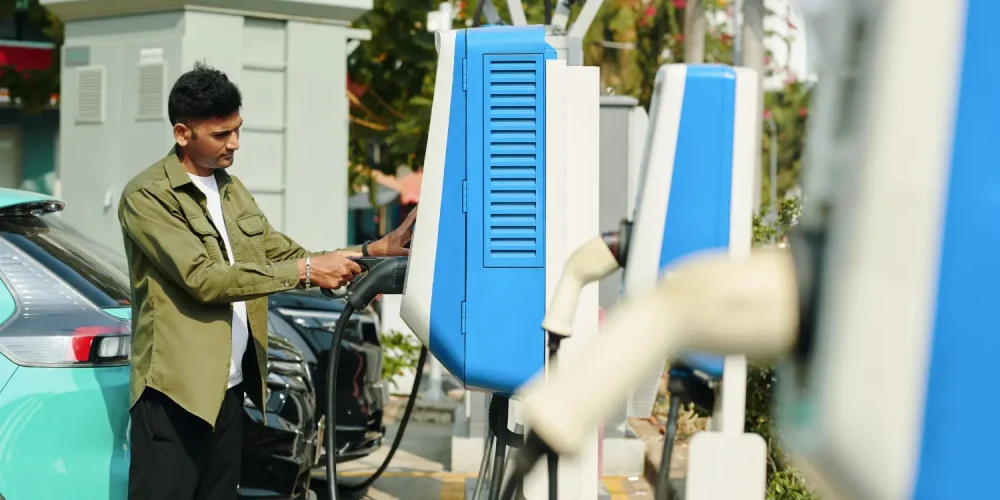
Electric vehicles adoption’s spreading fast, and charging solutions have improved over time. However, there’s still a gap when it comes to the shared spaces. For people living in condos or rented apartments, installing an EV charger in a shared property is not as simple as it is for a single-family home. There are rules, permissions, and wiring limits to consider.
When it comes to EV charging stations for condos, residents and property owners alike are looking for safe, cost-effective ways to bring reliable charging into shared parking areas. Whether it’s a private setup for one parking spot or a shared system managed by the association, having dedicated infrastructure makes everyday EV ownership far easier.
In this guide, we’ll walk you through how to make it work.
1. Why Do You Need an EV Charging Stations for Condos?

There are generally two situations to consider. You might be living in the condo as a resident, or you might be the property owner. Each has its own reasons to bring EV charging on-site.
If you’re a resident, having a charger where you live makes day-to-day life easier. You can power up your vehicle at home without wasting time searching for an available public charger. It’s reliable, efficient, and ensures your car is always ready to go.
If you’re a property owner or manager, installing EV charging adds value to your building. It attracts eco-conscious tenants, strengthens your property’s market appeal, and can even justify higher rental rates.
You may also qualify for local incentives that reduce setup costs while contributing to a cleaner, future-ready community.
➡️ Example: California’s PG&E EV Charge Network Program and New York’s EV Make-Ready Initiative both offer rebates covering up to 90% of installation costs for multi-unit dwellings.
2. Understanding the Basics: Private vs Shared?
Before jumping into installation, it helps to understand how EV charging works in shared properties. In most condominiums and apartments, chargers are set up in two ways: private or shared. The right option depends on your building’s layout, rules, and how many residents plan to charge.
Private charging gives each resident a dedicated unit in their parking space. You manage your own usage and costs, but it usually requires association approval and electrical load checks.
Shared charging uses a common area for multiple residents. It’s ideal when parking spots are unassigned or space is tight. Smart systems handle billing and energy distribution, though clear policies are needed to keep things fair.
Once you’ve figured out which setup fits your building, the next step is to plan the installation process itself.
3. How to Enable or Install EV Charging Stations for Condos
The process involves several coordinated steps. Don’t skip any point to avoid any unnecessary setbacks, every step is crucial.
Here’s the complete breakdown for you:
3.1 Review the Rules

Start by reviewing your condo or HOA bylaws carefully. Some buildings already include EV-friendly clauses, whilst others may restrict electrical modifications. Understanding this helps prevent unnecessary delays later.
Check:
- Whether your parking spot is deeded or assigned (this affects installation rights).
- If there’s any mention of EV infrastructure or modification limits.
- Whether the HOA requires prior notice, insurance, or an electrical plan submission.
If your building does not yet address EV charging, note it. You may need to request an amendment or seek formal approval from the board.
3.2 Consult the Association or Property Manager
Before taking action, speak directly with your association or property manager. They’ll clarify what documentation, insurance, or approvals are needed.
Many associations request a written proposal outlining the charger type, contractor details, and safety measures. Having this conversation early ensures transparency and helps you avoid delays later when permits or billing systems are involved.
3.3 Survey Residents & Gather Interest
It’s useful to know whether other residents are considering EV charging too.
A short survey helps identify demand and may open the door to collective installation plans.
When multiple residents show interest, the board can explore shared setups, negotiate group rates, or plan infrastructure upgrades. This also gives property managers a clearer picture of community needs before committing funds.
3.4 Assess the Building’s Electrical Capacity
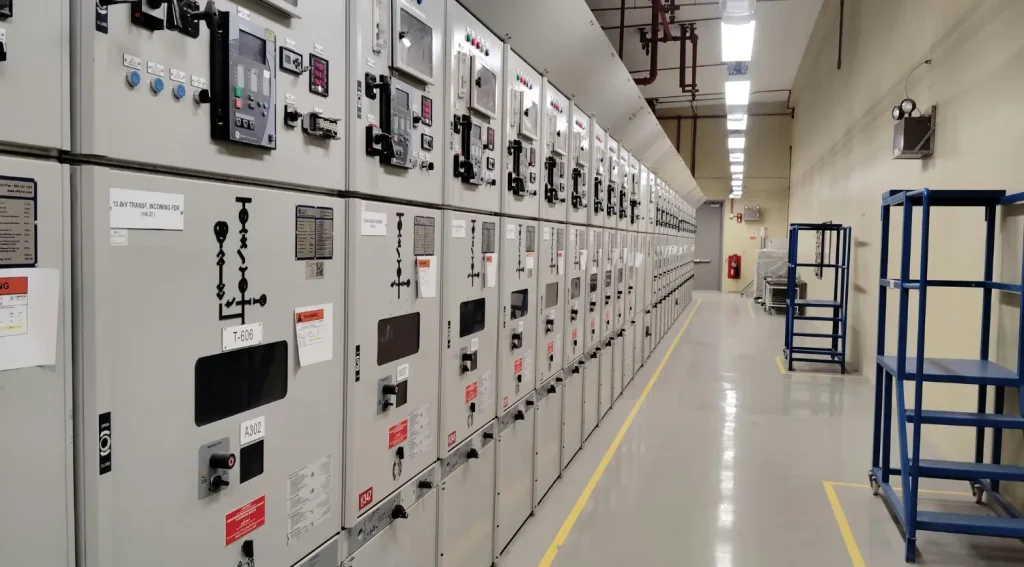
A licensed electrician should inspect the building’s current electrical load before installation.
They’ll check:
- Whether the main panel and transformer can handle new chargers.
- If upgrades or load management systems are needed.
This step ensures safety, prevents overloads, and determines which type of charger would be a better fit for the property.
3.5 Plan and Cost Allocation

Once feasibility is clear, plan how costs will be shared.
- For private chargers, residents typically cover all expenses.
- For shared chargers, the board might divide costs among participants or use building funds.
Remember to include future expenses like maintenance, network fees, and billing software. Clear cost structures prevent conflicts and encourage cooperation.
Also read: Level 2 EV Charger Installation Cost: What To Expect At Home
3.6 Apply for Necessary Permits

Most cities and utilities require permits for EV charger installations. Your contractor usually manages this process, but the condo board may need to co-sign or supply property documentation.
Verify local requirements early — and check for rebates linked to approved permits. Getting this part done right ensures your setup meets all safety and legal standards.
3.7 Hire a Licensed Contractor
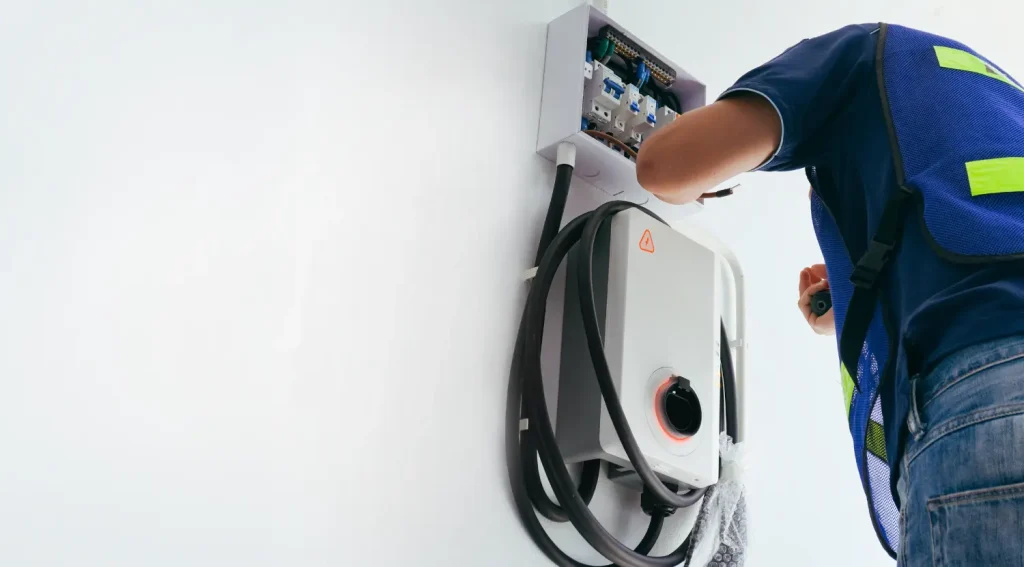
Choose an experienced, licensed electrician or EVSE installer familiar with multi-unit buildings.
Always verify:
- Credentials and references.
- Proof of insurance.
- Familiarity with your local codes and EV charger models.
A qualified contractor will help plan wiring paths, ensure safe placement, and guide you through post-installation testing.
3.8 Select the Right Charger
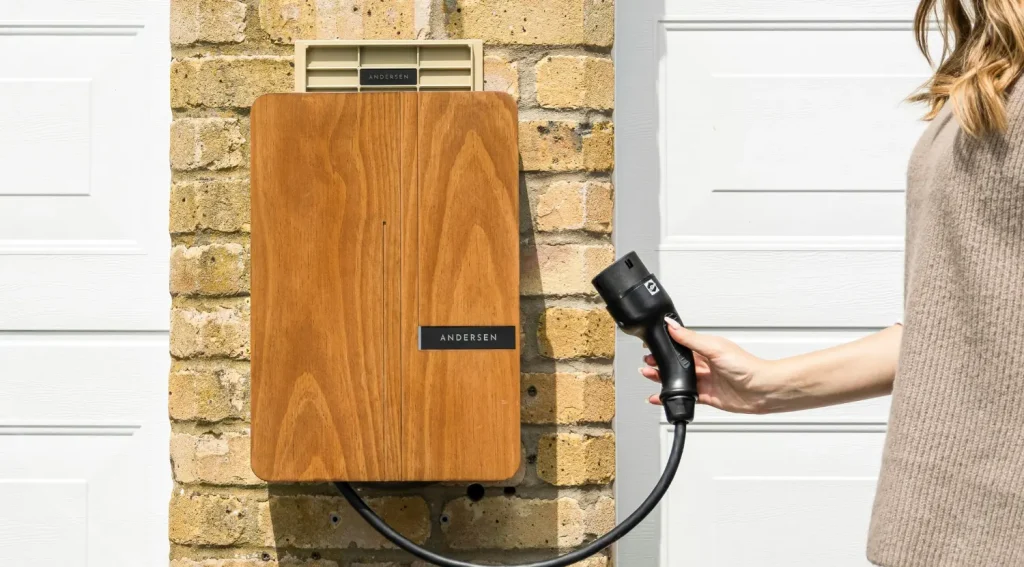
Level 2 chargers work best for condos since they balance charging speed and cost.
Look for units that:
- Support smart load management.
- Include user access control or billing features.
- Are OCPP-compatible (important for shared use).
Check out Duevolt’s EV charging solutions — our products include all the features mentioned above, plus more, and comply with all major safety standards. Choosing scalable, connected hardware now can save you upgrade costs later as more residents adopt EVs.
Related: Understanding The Difference Between Level 1 And Level 2 EV Chargers
3.9 Set Up Billing or Access Controls
For shared chargers, a billing system keeps energy use transparent.
Many setups use:
- RFID cards or app-based logins to track usage.
- Smart meters to divide electricity costs fairly.
Private users can rely on a simple sub-meter connected to their unit. Either way, clear tracking prevents confusion and keeps everyone accountable.
3.10 Inspection, Testing, and Handover
Once installation is complete, the system must pass inspection. Local authorities or utilities verify safety shutoffs, wiring, and labeling. When approved, your contractor will hand over manuals, warranties, and setup credentials.
Keep these records safe. You may need them for maintenance or warranty claims later.
3.11 Maintenance and Resident Education
EV chargers require minimal upkeep, but periodic checks keep them running smoothly.
Inspect cables, software updates, and connections every few months.
For shared systems, establish a routine inspection schedule and educate residents on proper charger use.
A simple guide or short session helps avoid misuse and prolongs equipment life.
Also read: EV Charger Installation Without A Service Panel Upgrade
4. Legal and Regulatory Factors

Legal requirements have a key role in how EV chargers are approved and installed in shared properties. Several states and provinces now have “Right to Charge” laws, which give residents the authority to install charging stations under reasonable conditions. These laws prevent boards or landlords from denying requests without solid justification.
Building codes, fire safety standards, and electrical regulations also apply. Local authorities often require certified equipment, licensed electricians, and proper permits before installation begins. Property managers should review their insurance policies to confirm that EV charging activities are covered.
On the whole, understanding the legal framework early helps you stay compliant, protect residents’ rights, and avoid future disputes.
5. Cost Responsibility: Who Pays and How Much?
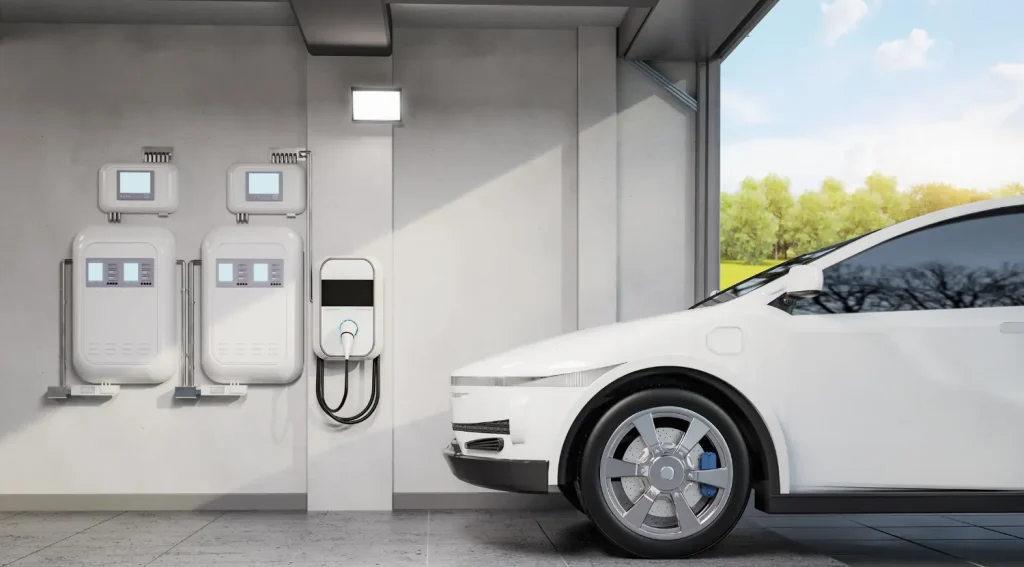
The cost of installing EV chargers in condos depends largely on who benefits from the setup.
In most cases, it comes down to three groups. Individual users, the condominium association, or both through a shared arrangement.
Individual User
When a resident installs a private charger for their assigned parking space, they usually cover all expenses. That includes equipment, permits, and electrical upgrades if needed. The ongoing electricity use is billed directly to their meter or tracked through a sub-meter.
Condo Association
If the association installs shared chargers for residents, the costs often come from the building’s maintenance or improvement budget. Associations can also recover expenses through user fees or small monthly surcharges.
Cost-Sharing Arrangements
In some cases, residents may agree to split costs (a kind of hybrid model). In which the initial installation costs are split among interested residents, while the association handles maintenance.
It’s a fair middle ground that keeps things accessible for everyone involved.
In the end, the cost structure depends on several factors like condo’s policy, local rules, and how the community decides to manage shared infrastructure.
6. Closing Thoughts
We have covered the key steps, from getting approvals to selecting the right setup.
If you’re a resident, having an EV charger at home means convenience. You save time, avoid public queues, and keep your car ready whenever you need it.
If you’re a property owner, it’s a smart investment that gives your building a competitive edge. It attracts new tenants, retains current EV owners, and adds long-term value to your property.
We hope this guide helps you take that next practical step.
Check out Duevolt’s range of Charging Solutions, from portable EV chargers to home and commercial units, all built for reliability, safety, and everyday ease.
